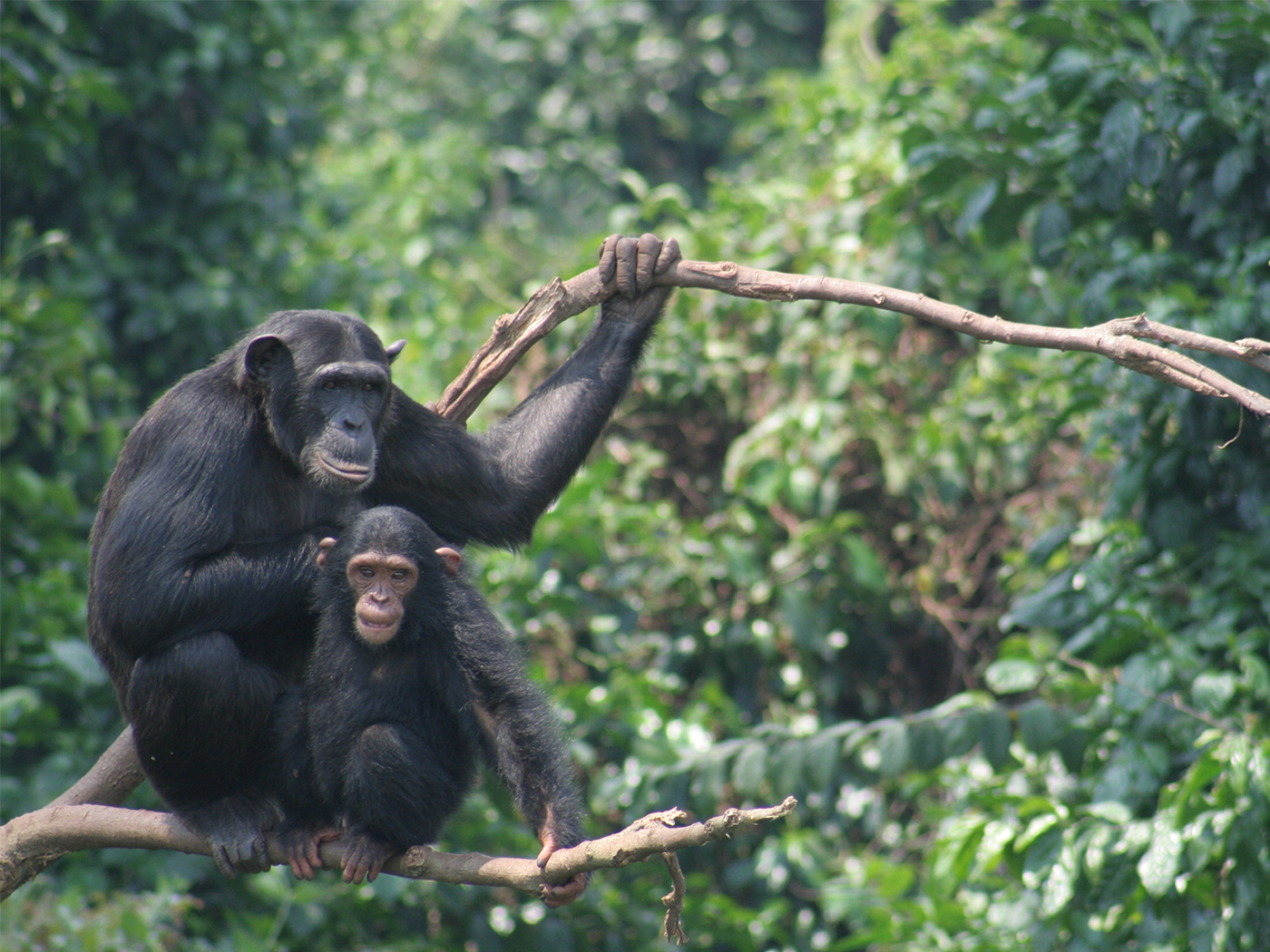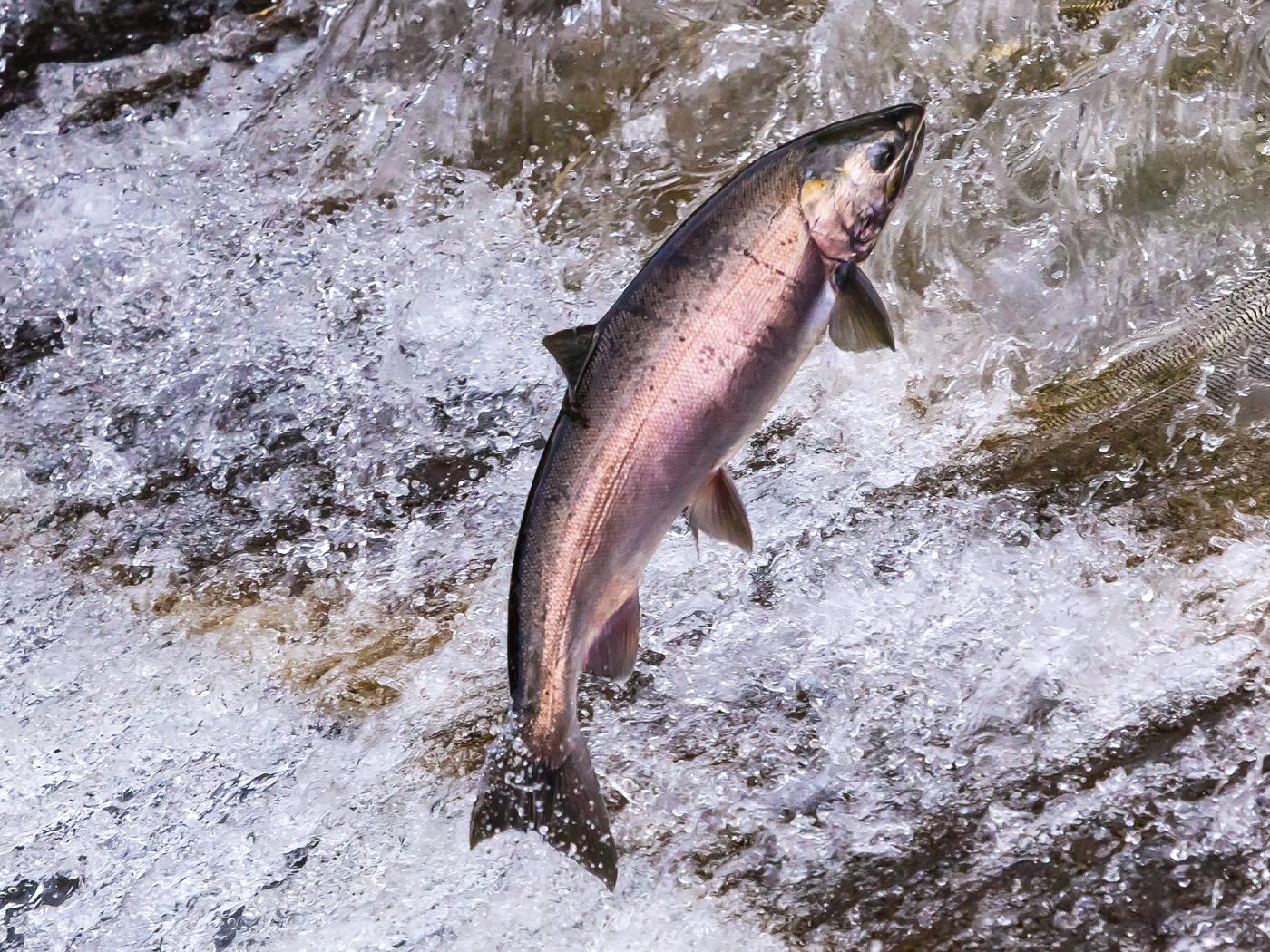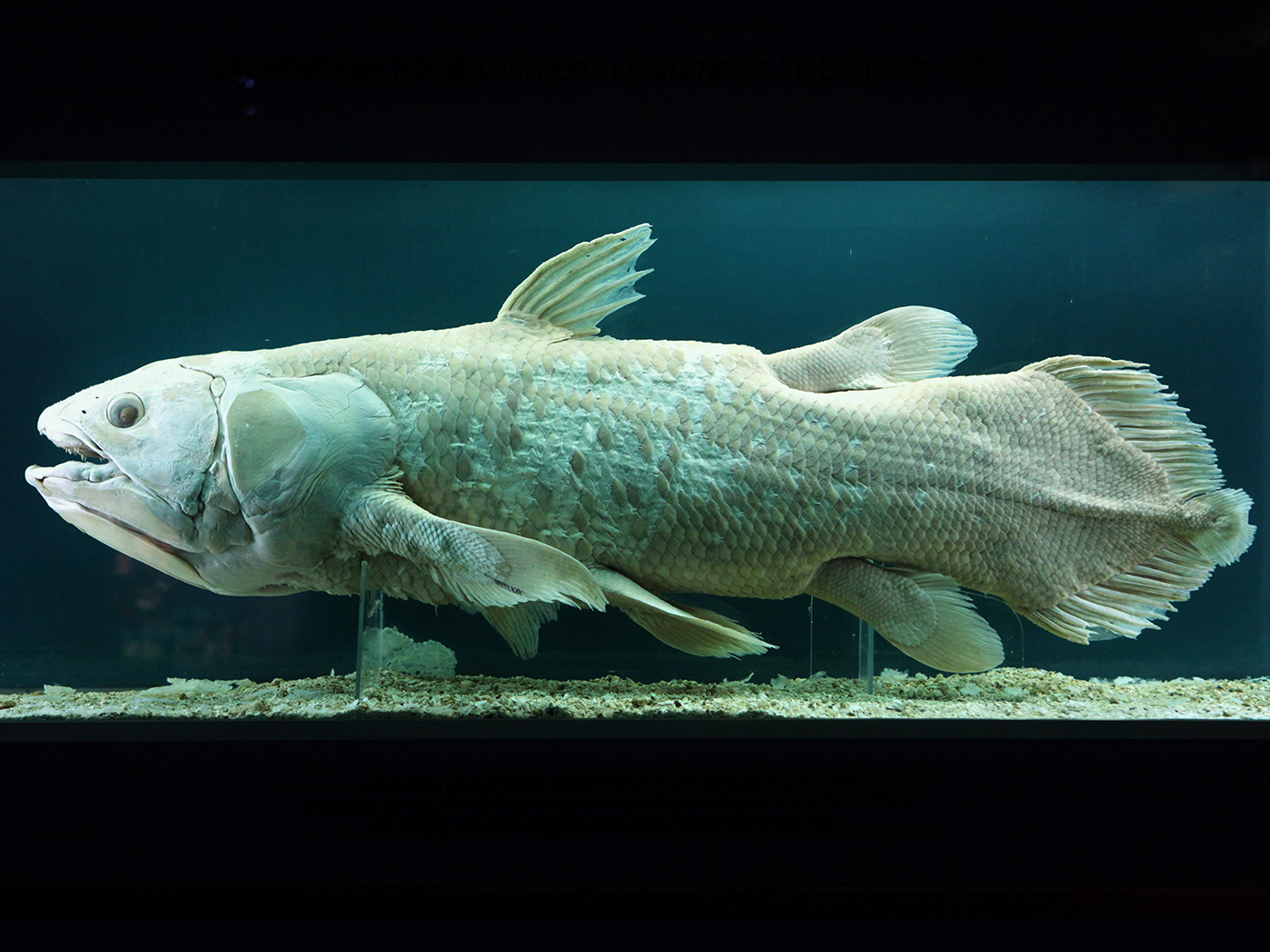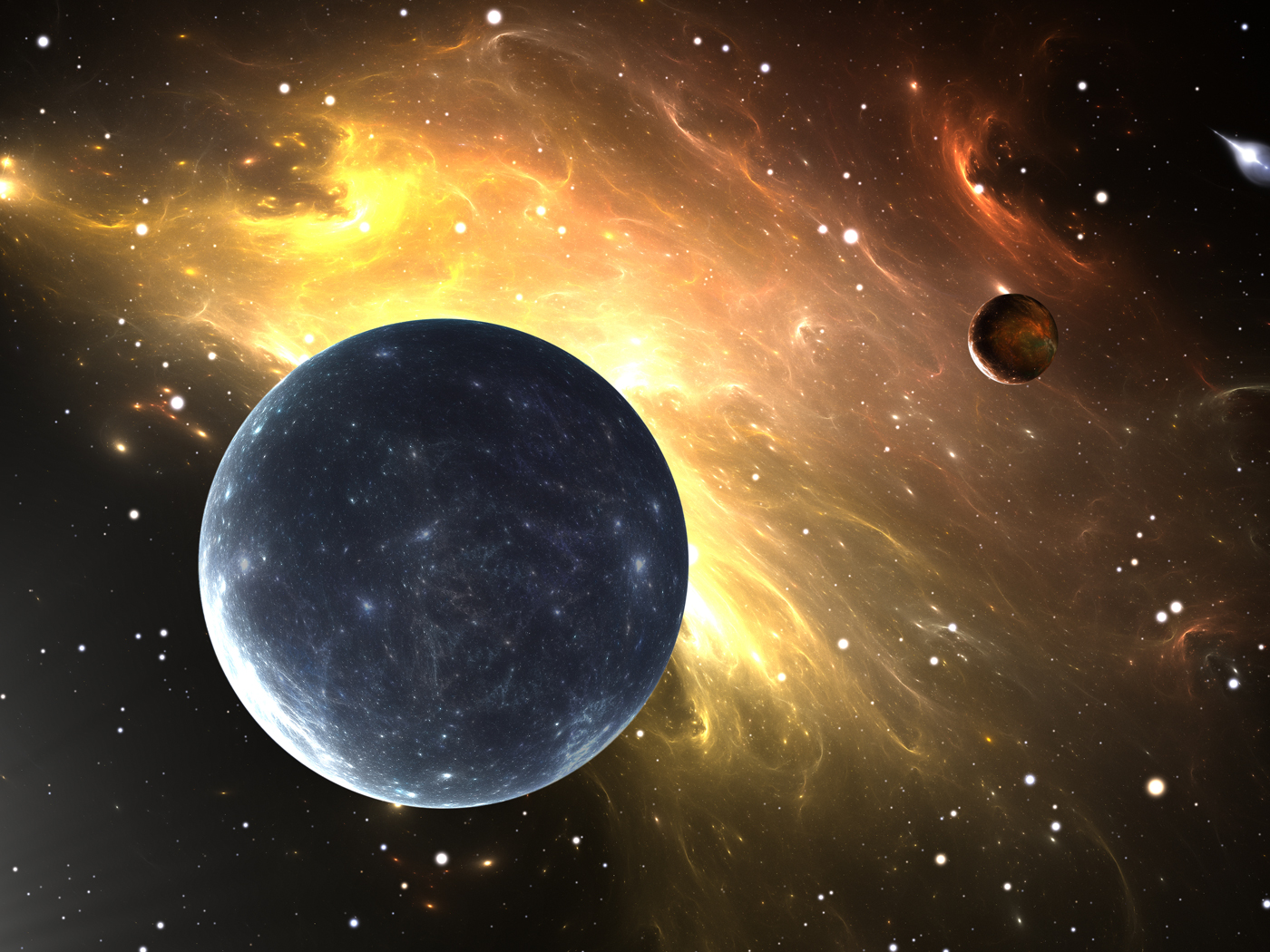The Jurassic World movie, though thrilling to watch, comes packed with fictional ideas like de-extinction, designer creatures, and iron somehow preserving dinosaur DNA indefinitely. But how would the world respond if live dinosaurs were verified to scientists' satisfaction?
In 1980 and 1981 the late University of Chicago biologist Roy Mackal and colleagues conducted expeditions into the Congo's massive Likouala Swamp to track down the source of local legends. According to natives, dinosaur-like monsters lurk near deep, secluded waters.
Hunters among the small-statured African tribes described the creature they called Mokele-mbembe to Mackal's team. Apparently the enormous reptile eats the same riverbank malombo plants that hippos do. Mackal asked them to identify Mokele-mbembe and showed them sketches of a sauropod as well as pictures of familiar jungle animals. The tribesmen pointed at the sauropod.
Mackal only obtained indirect evidence of the fabled monster—fascinating, but not scientifically definitive.1 Other explorers continue to search for living dinosaurs in remote tropics.
Dave Woetzel of Genesis Park conducts similar research in Papua New Guinea (PNG), where jungle-living tribes send hunters far afield in search of sustenance. Have they seen dinosaurs? Dave summarized some of his investigations in Creation Matters, a magazine from the Creation Research Society. He said it was not difficult finding people living around the huge and largely undocumented inlets of Lake Murray who claimed to have seen a "large reptilian form that walks erect and is about 12-15 feet tall."2 Hunters mentioned that it swims with its tail and eats fish, probably similar to crocodiles.
ICR News jokingly asked Mr. Woetzel if on his next expedition to PNG he plans to use one of those glass-bubble vehicles like the boys in Jurassic World. He replied via email, "Hah, I wish I did! I am looking at investing in drone technology." The vehicles called gyrospheres are movie fiction, but live dinosaurs still thriving in remote areas of the world might not be.3
Those who believe in biblical creation rightly think that finding a live dinosaur would support the view that God created dinosaurs and man on the same day of the creation week only thousands of years ago. Since dinosaurs lived at the same time as man not so long ago, why be surprised if they live in these modern times, too?
On the other hand, live dinosaurs wouldn't necessarily overturn evolutionary origins theories. Those who believe the canonical assertion that dinosaurs all died off about 65 million years ago would simply build an exception—a dinosaur example of a living fossil. That's what Roy Mackal did as an evolutionary biologist who searched the Congo for surviving dinosaurs. And that's what the evolutionary community did when the "dinosaur plant," the Wollemi pine, was discovered in a remote and virtually inaccessible valley north of Sydney, Australia.4
Known only from fossils in the same rocks as dinosaur fossils before its discovery, paleontologists might well have used Wollemi pine fossils to identify rocks that represent their concept of an "Age of Reptiles." Finding live Wollemi pines should have eroded confidence in the evolutionary scheme, but it did not. Hard-core believers simply accommodated the pines into their beliefs by asserting that somehow these trees have survived as unchanged living fossils for tens of millions of years.3
That's what they will say if someone proves dinosaurs are still alive. After all, why let a little thing like facts get in the way of a good story? Jurassic World scriptwriters would agree.
References
- Mackal, R. P. 1987. A Living Dinosaur? Lieden, Netherlands: E. J. Brill Academic Publishers.
- Woetzel, D. 2015. The Cryptid of Lake Murray—a Living Theropod? Creation Matters. 20 (3): 2-3.
- Researchers have long experimented with gyrosphere prototypes, but nothing as large or advanced as the fictional ones in the movie.
- Woodford, J. Tree Chic. Sydney Morning Herald. Posted on wollemipine.com May 4, 1995, accessed July 1, 2015.
Image credit: Copyright © 2015 Jurassic World Universe. Adapted for use in accordance with federal copyright (fair use doctrine) law. Usage by ICR does not imply endorsement of copyright holders.
*Mr. Thomas is Science Writer at the Institute for Creation Research.
Article posted on August 4, 2015.













